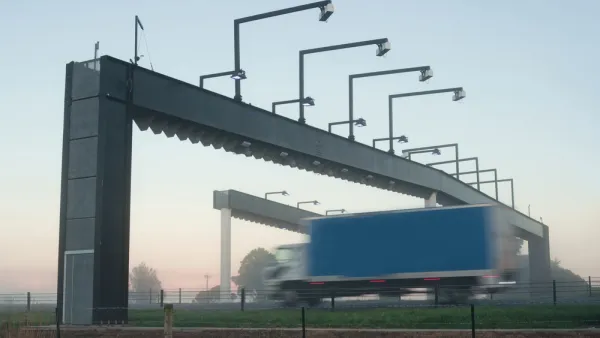The Pennsylvania P3 Act was approved in 2012 to help fund the cost of repairing and maintaining the state’s structurally deficient bridges. PennDOT has recently expanded its goals for the program—to 500 bridge repair projects.
With more than 4,000 structurally deficient bridges, Pennsylvania leads the nation in the ignominious metric of most structurally deficient bridges (18 percent of its bridges are structurally deficient, compared to the national average of 8 percent). But in the coming year, the state will launch a public-private partnership program to repair 500 of those bridges, reports Charles Chieppo.
The Pennsylvania P3 Act allows the Pennsylvania Department of Transportation (PennDOT) to bundle similar projects rather than designing and building each one at a time. Also, “Recognizing that operations and maintenance account for 80 to 90 percent of costs over the lifetime of a transportation asset, the private partners will also operate and maintain the bridges for as long as 40 years.” Because “Payment will be based on the contractor's performance at limiting lifecycle costs,” the private partners will have plenty of incentive to deliver durable products.
The PennDOT is expecting big returns from the program: “The Pennsylvania P3 Act…is expected to spark about $3.5 billion annually in additional transportation infrastructure investment without relying exclusively on tax revenue…” Not only that, but the PennDOT claims that “absent the [Pennsylvania P3 Act], the bridge replacements would take 15 to 20 years…”
FULL STORY: A Cost-Effective Way to Rebuild 500 Bridges

Analysis: Cybertruck Fatality Rate Far Exceeds That of Ford Pinto
The Tesla Cybertruck was recalled seven times last year.

National Parks Layoffs Will Cause Communities to Lose Billions
Thousands of essential park workers were laid off this week, just before the busy spring break season.

Retro-silient?: America’s First “Eco-burb,” The Woodlands Turns 50
A master-planned community north of Houston offers lessons on green infrastructure and resilient design, but falls short of its founder’s lofty affordability and walkability goals.

Test News Post 1
This is a summary

Analysis: Cybertruck Fatality Rate Far Exceeds That of Ford Pinto
The Tesla Cybertruck was recalled seven times last year.

Test News Headline 46
Test for the image on the front page.
Urban Design for Planners 1: Software Tools
This six-course series explores essential urban design concepts using open source software and equips planners with the tools they need to participate fully in the urban design process.
Planning for Universal Design
Learn the tools for implementing Universal Design in planning regulations.
EMC Planning Group, Inc.
Planetizen
Planetizen
Mpact (formerly Rail~Volution)
Great Falls Development Authority, Inc.
HUDs Office of Policy Development and Research
NYU Wagner Graduate School of Public Service


























